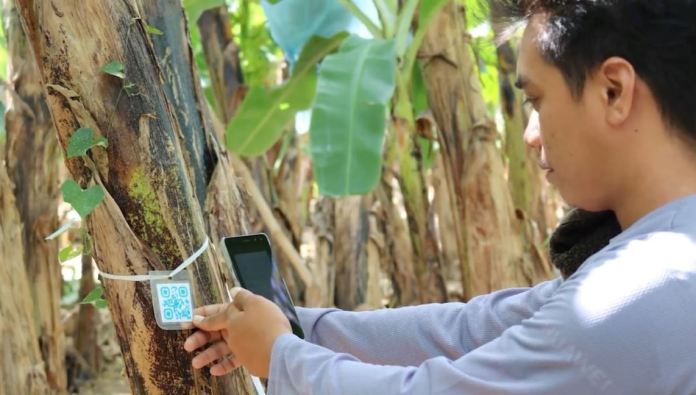
Eid Salvador
Aug 15,2020
University of Southeastern Philippines, DOST develop surveillance system for banana disease
The University of Southeastern Philippines (USEP) and the Department of Science and Technology (DOST) have together developed the ROSANNA: Mobile Banana Disease Surveillance System to help address banana disease. In the field of crop management, the banana disease is a major problem for growers as it takes a lot of time and resources to maintain the good quality of plants. The banana disease, if not controlled or eradicated, can cause big profit loss and an increase in prices of the product in the market. To address this problem, the University of Southeastern Philippines (USEP) and HIJO Resources Corporation, one of the many banana plantations in Mindanao, worked together to develop ROSANNA: Mobile Banana Disease Surveillance System. As the banana disease becomes a huge problem for the local growers, researchers from the University of Southeastern Philippines (USEP) developed a Disease Surveillance System to enhance the disease control interventions of HIJO Resources Corporation in Davao City. Dr. Val Quimno, project leader from USEP said that Banana Disease Surveillance System has established and enhanced the company’s disease control interventions through a better understanding of pests, plant selection, harvest monitoring, inputs monitoring, plant care, fertilization, and farm operation modules. As a result of this innovation, the system generated substantial savings for the company. According to the Chief Executive Officer, Rosanna Tuason-Fores, Hijo is not a large company so it has limited resources, particularly for R&D. However, they are looking for ways to innovate in order to change traditional farming practices and improve their banana disease management. “I wanted an authentic R&D for more sustainable ways to go to a more sustainable approach to address our problem. I have noticed over the last three years that from 55 cycles of deploying pest disease systemic and contact pesticides into the farm, they have grown up to 76 with no significant impact on the pest and disease management,” said Tuason-Fores. On the other hand, Dr. Quimno said that the intention of the disease surveillance system is to minimize the frequency of non-spraying by coming up with a more realistic surveillance process and to provide alternatives to farm managers to learn appropriate interventions. “Basically, we have spotters in the field who are helping us in data collection through our mobile application and then our mobile application will send the data to our system or to our server and then perform a number of crunching analysis to come up with intervention options for the farm managers,” concluded Dr. Quimno. DOST has also developed food technologies and introduced them to MIMAROPA MSMEs. Local entrepreneurs have also been given access to DOST laboratories and equipment financing.











Comments